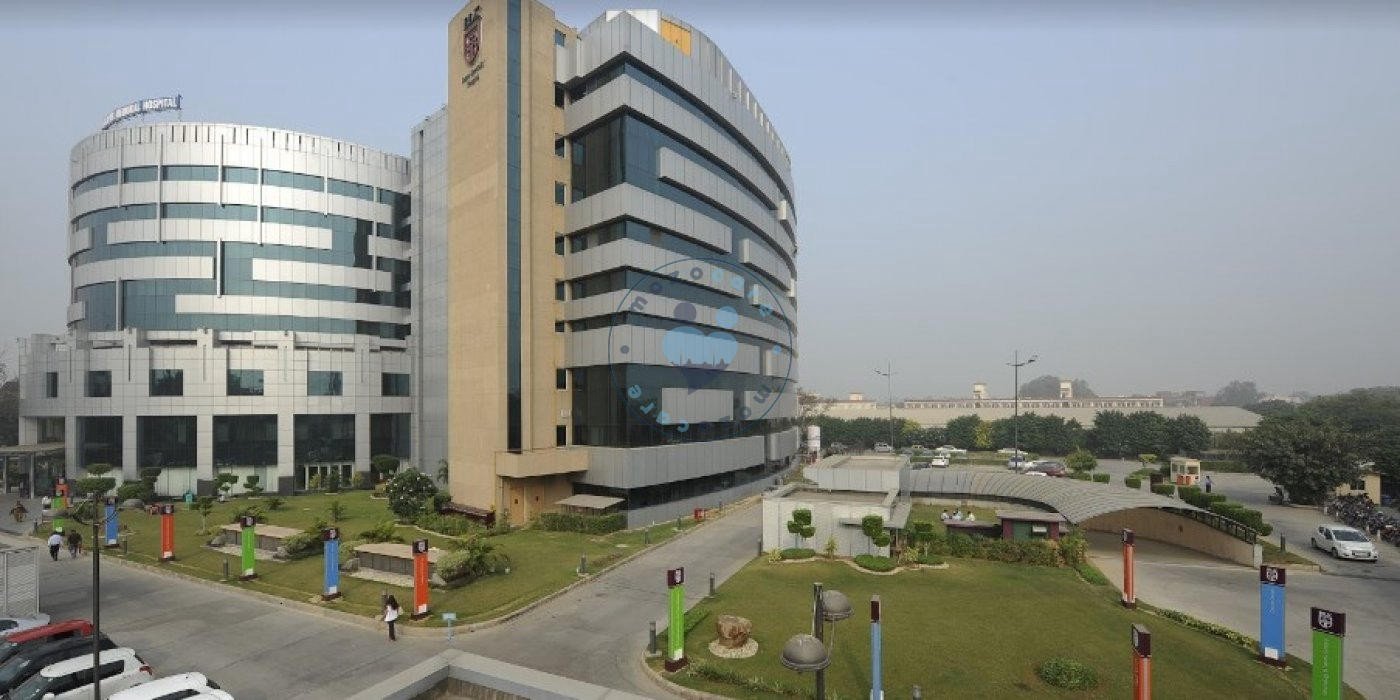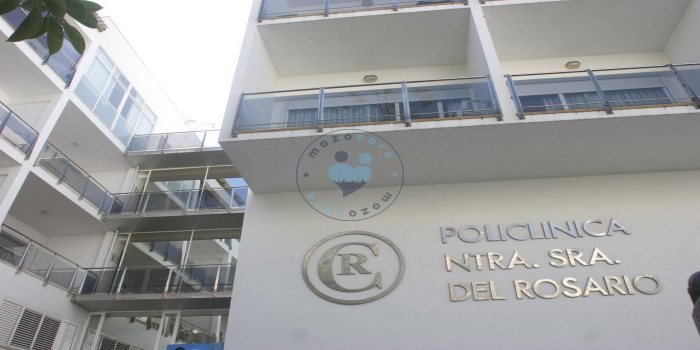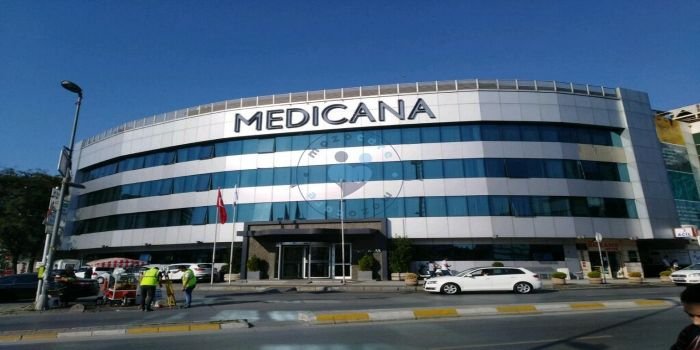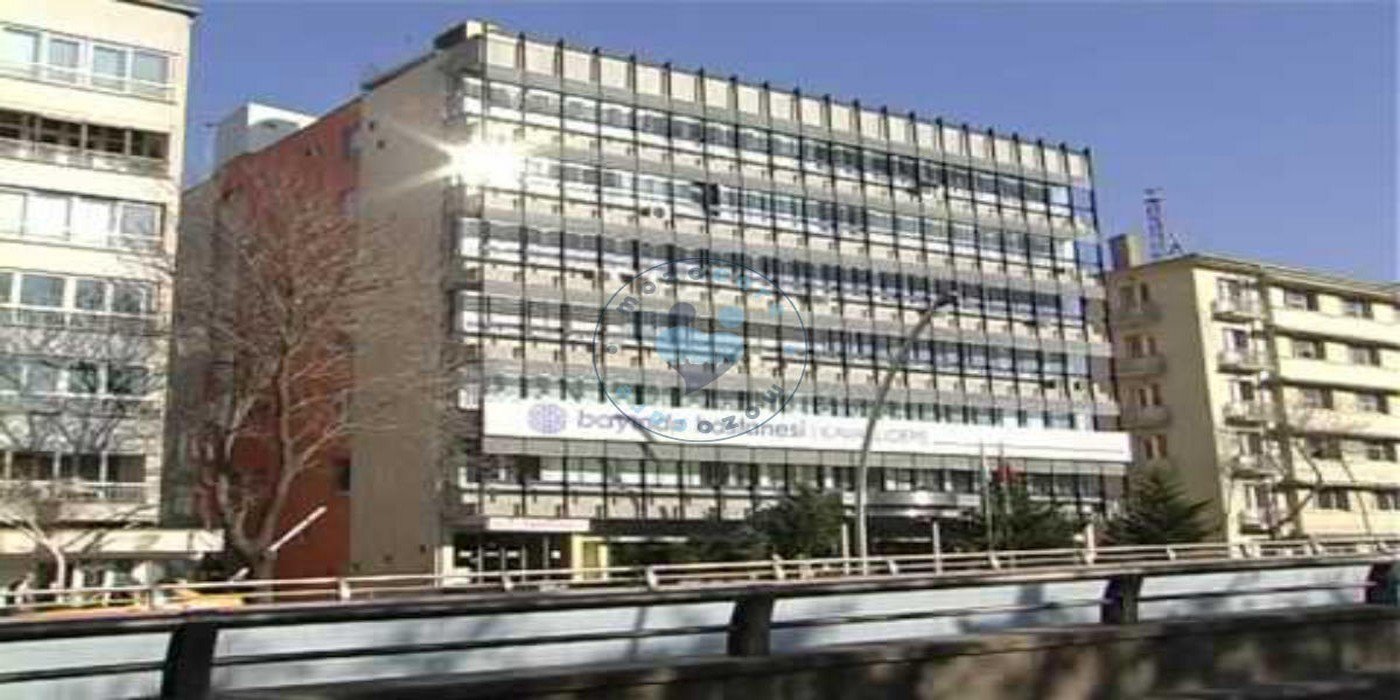

There are many factors that can affect the costs
Laser Eye Surgery (LASEK) treatments abroad
What is LASEK laser eye surgery?
LASEK (laser-assisted subepithelial keratectomy) is a surgical procedure which uses a laser to correct common vision problems such as shortsightedness (myopia), longsightedness (hyperopia), and astigmatism . LASEK laser eye surgery combines the techniques of photorefractive keratectomy (PRK) and laser-assisted In situ keratomileusis (LASIK) . According to recent figures, LASEK treatment has been shown to have a 76% success rate in reinstating 20/20 vision , with a success rate of 99% in restoring 20/40 UCVA (uncorrected visual acuity).
What does the procedure involve and how do I know if I am a suitable candidate for treatment?
Like photorefractive keratectomy (PRK), people with very thin or very steep corneas are better suited to having LASEK laser eye surgery done. People with corneas such as these are often unsuitable candidates for LASIK laser eye surgery as the ophthalmic surgeon would find it too difficult to cut and fold back a flap in a very thin cornea in order to expose the stroma of the cornea for laser restructuring. Sufferers of the condition known as dry eye syndrome (DES) , or keratoconjunctivitis sicca (KCS), are also ideal candidates for the procedure, as the nerves in the cornea responsible for tear production are not cut during LASEK treatment. Additionally, professional athletes and sports enthusiasts who are at a higher risk of eye injury make excellent candidates for this type of treatment because of the decreased chance of trauma or damage happening as a result. LASEK is a relatively simple procedure that can take as little as ten minutes .
As part of the surgery, a very delicate blade called a trephine is used to cut the epithelium (outer layer) of the cornea, producing a flap which is folded away from the eye. The middle of the cornea (stroma), which has now been exposed, is then modified using an ultraviolet (UV) laser, known as an excimer laser . After removing thin layers of the stroma with the excimer laser and restructuring the cornea, the flap is then reattached.,
Laser Epithelial Keratomileusis (LASEK) is a type of laser eye surgery used to correct eyesight. LASEK laser eye surgery combines the techniques of LASIK eye surgery and photorefractive keratectomy (PRK) surgery. Like other laser eye surgeries, LASEK can correct short-sighted and long-sighted vision, as well as correcting astigmatism. There is a reduced chance of getting dry eyes after LASEK eye surgery, in comparison to LASIK eye surgery. LASEK eye surgery is recommended for patients with thin corneas as the surgery does not involve creating a flap on the cornea which is part of LASIK eye surgery.
In LASEK eye surgery, a blade is used to create and incision in the cornea, rather than creating a flap, and the outer layer of the cornea is then lifted, and the laser is applied to reshape the cornea. Recommended for Long-sightedness Short-sightedness Astigmatism Patients who are unsuitable candidates for LASIK Time requirements Number of days in hospital 1 . Overnight stay not required. Average length of stay abroad 2 - 3 days. Patients can usually fly soon after LASEK, but should take precautions to avoid dryness of the eye. LASEK surgery can improve eyesight, with the majority of patients no longer needing glasses.
Patients should discuss the surgery and explore the different laser eye surgery options to establish if LASEK eye surgery is the most suited option for the patient. There are a variety of advantages and disadvantages of LASEK eye surgery when compared with LASIK eye surgery and PRK surgery.
For example LASEK has less complications due to the technique used when compared to LASIK, however the healing time is longer for LASEK patients. Before the procedure, the doctor will examine your eyes to check they are healthy enough for the procedure. During the exam, the doctor will also assess if the eyes are sufficiently moist, and the curvature of your eyes will be mapped.,
An incision is made in the eye and the outer surface of the cornea (the epithelium) is raised and an alcohol solution is applied to loosen it. Then the cornea is reshaped by removing tissue with an excimer laser.
The procedure is different to LASIK, in which the outer surface is pulled back as a flap and then reattached. Anesthesia Local anesthetic or local anesthetic with sedation. Procedure duration The Laser Eye Surgery (LASEK) takes 30 to 60 minutes.
The surgeon uses a combination of surgical instruments and laser technology to change the shape of the cornea.,
Post procedure care The aftercare for LASEK is slightly more demanding than for LASIK. Patients will experience some pain for around 2 days, and their vision should return over 1 to 2 weeks. Patients are usually given a special contact lens to put on the eye while it heals, as well as eye drops.
Possible discomfort Some patients feel a temporary burning or itching sensation in the treated eye.,
| BLK-MAX Super Specialty Hospital | |
| Policlinica Ntra. Sra. del Rosario | |
| Medicana International Istanbul Hospital | |
| WALK AGAIN Center | |
| Bayindir Hospital Kavaklidere | |
| Nanoori hospital | |
| Apollo Gleneagles Hospital | |
| Rockland Hospital, Manesar, Gurgaon | |
| Fortis Hospital, Noida | |
| Sir Ganga Ram Hospital |

New Delhi, India

Ibiza, Spain

Istanbul, Turkey

Berlin, Germany

Ankara, Turkey